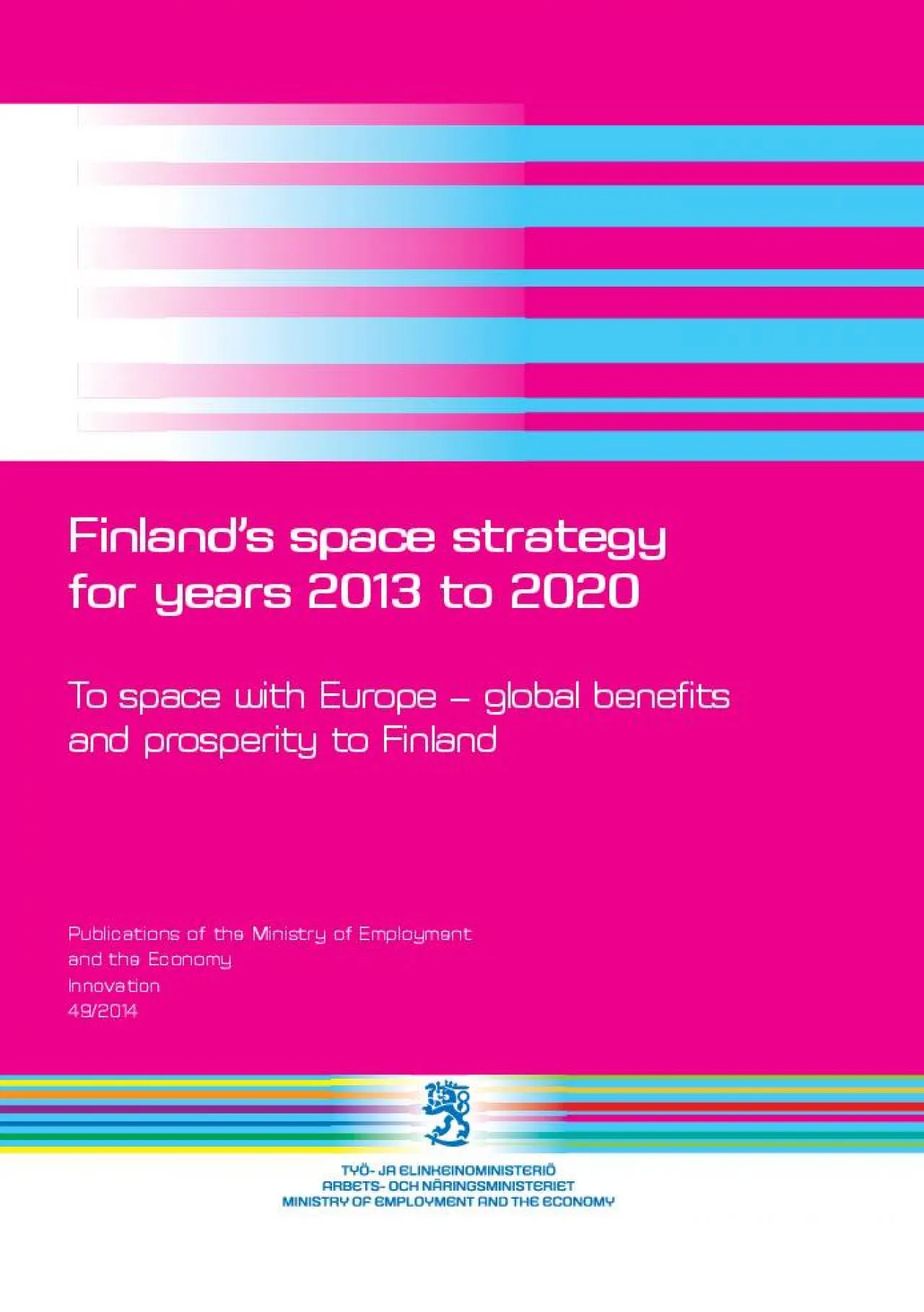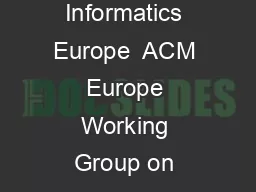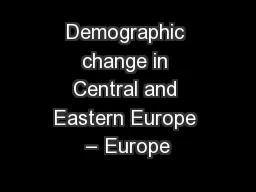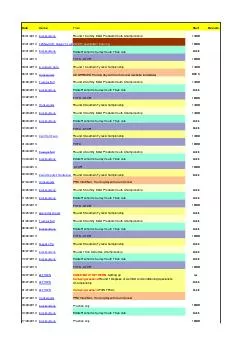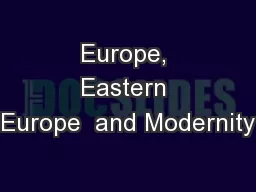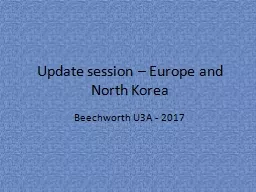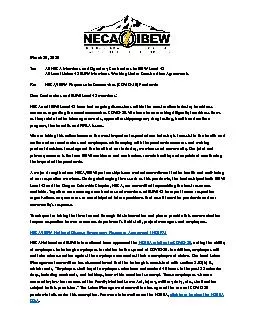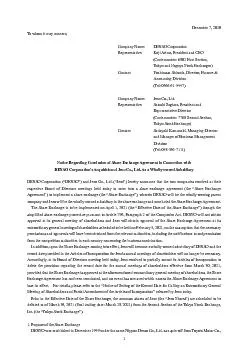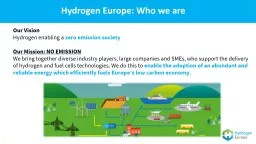PDF-Finland146s space strategy for years 2013 to 2020To space with Europe
Author : belinda | Published Date : 2021-10-07
To space with Europe 150 global benefits and prosperity to FinlandTy ja elinkeinoministerin julkaisujaTekijt Frfattare AuthorsToimeksiantajat Uppdragsgivare Commissioned
Presentation Embed Code
Download Presentation
Download Presentation The PPT/PDF document "Finland146s space strategy for years 201..." is the property of its rightful owner. Permission is granted to download and print the materials on this website for personal, non-commercial use only, and to display it on your personal computer provided you do not modify the materials and that you retain all copyright notices contained in the materials. By downloading content from our website, you accept the terms of this agreement.
Finland146s space strategy for years 2013 to 2020To space with Europe: Transcript
Download Rules Of Document
"Finland146s space strategy for years 2013 to 2020To space with Europe"The content belongs to its owner. You may download and print it for personal use, without modification, and keep all copyright notices. By downloading, you agree to these terms.
Related Documents

